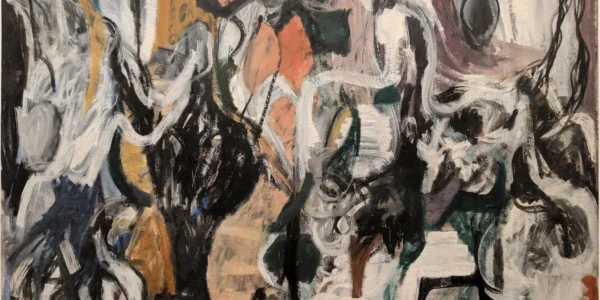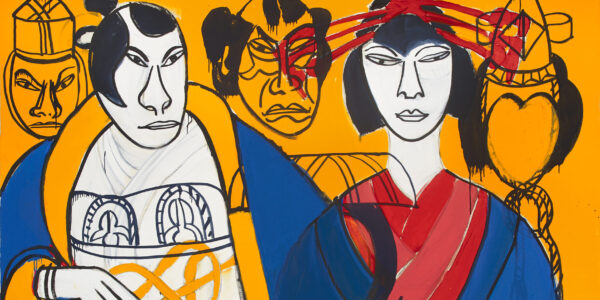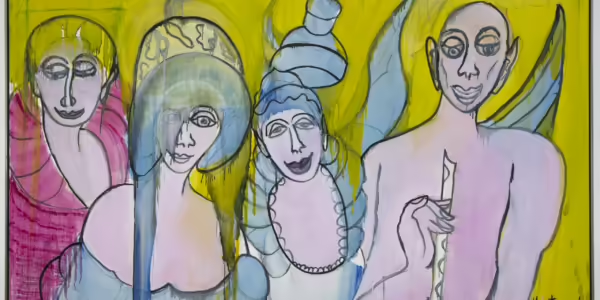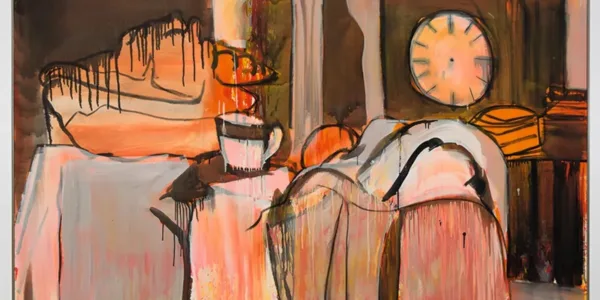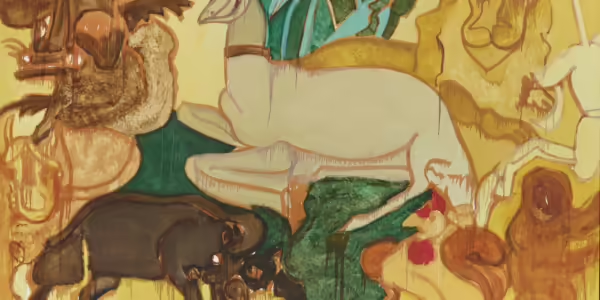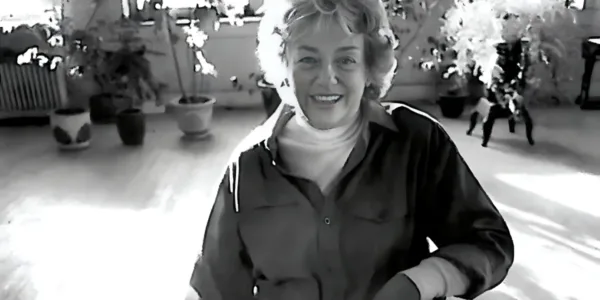The Permanent Collection: Peggy Guggenheim’s Favorite Painting
Grace Hartigan’s lush ode to Ireland occupied a prime spot on the great patron’s walls. Grace Hartigan, Ireland (1958. ©Grace Hartigan Estate.) Emily Steer May 2, 2024 What artwork hangs across from Mona Lisa? What lies downstairs from Van Gogh’s Sunflowers? In “The Permanent Collection,” we journey to museums around the globe, illuminating hidden gems and sharing stories behind artworks that often lie beyond the spotlight. Grace Hartigan, Ireland, 1958Peggy Guggenheim Collection, VeniceChosen by associate curator Gražina Subelytė This has always been one of my favorite works in the collection. Grace Hartigan is a fantastic artist who worked with abstraction in New York, but less is known…

